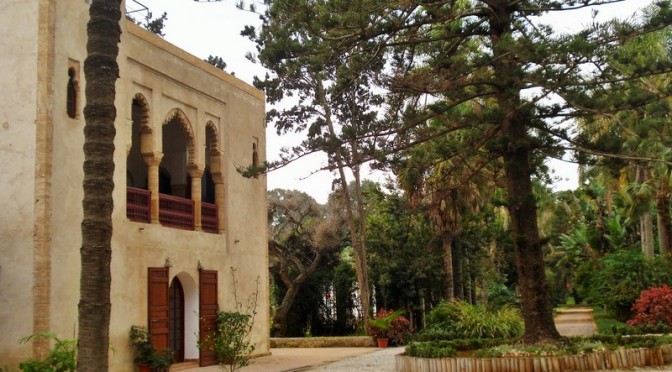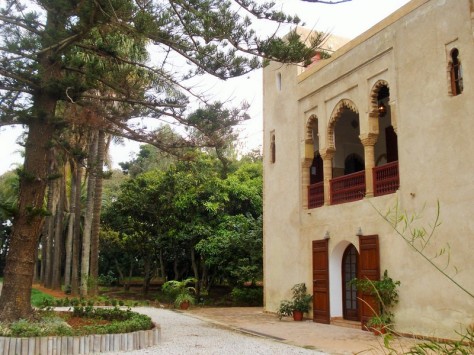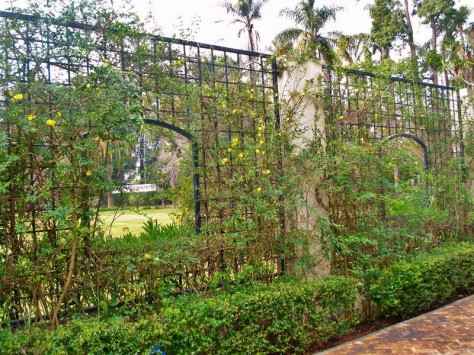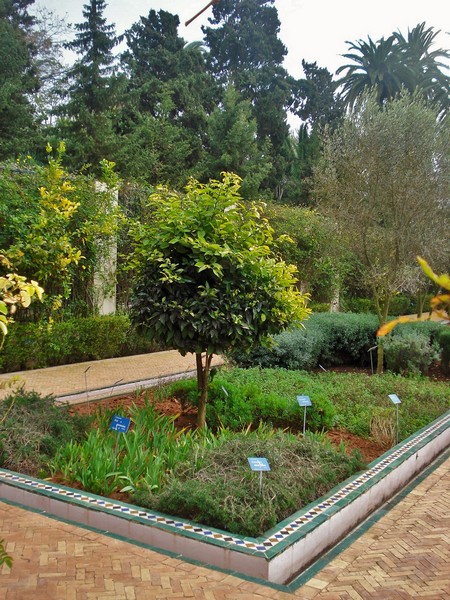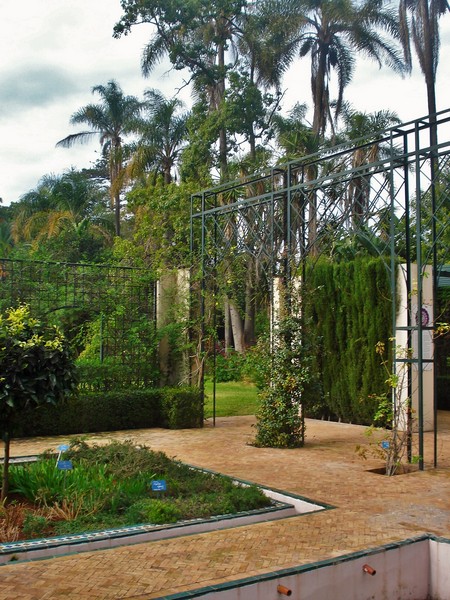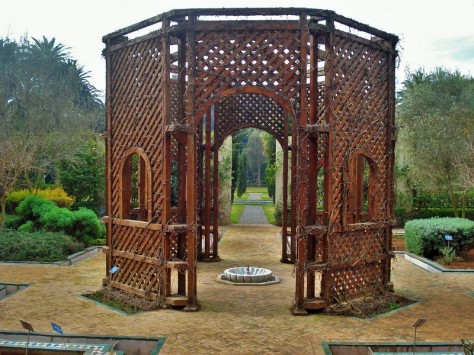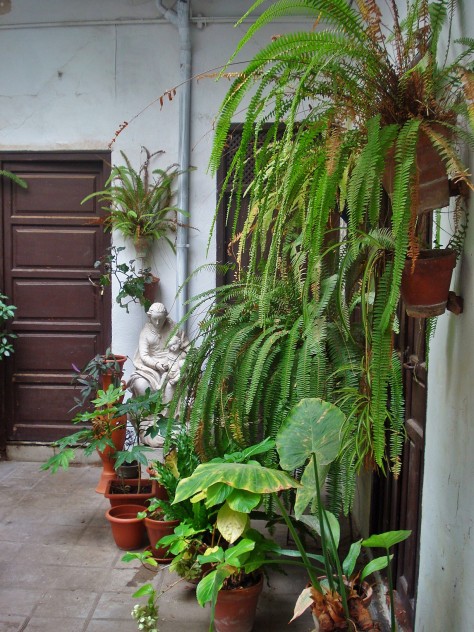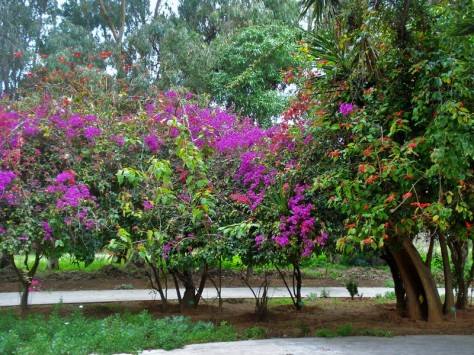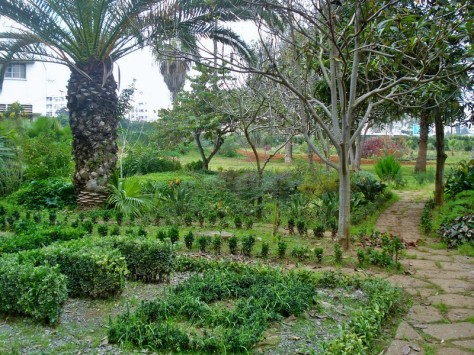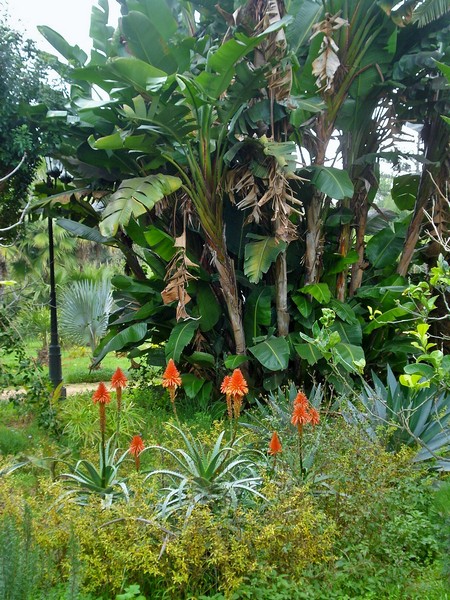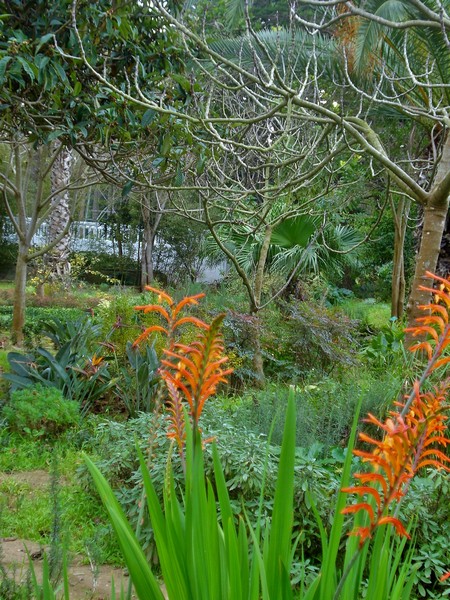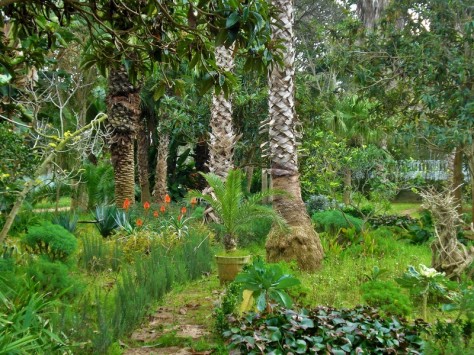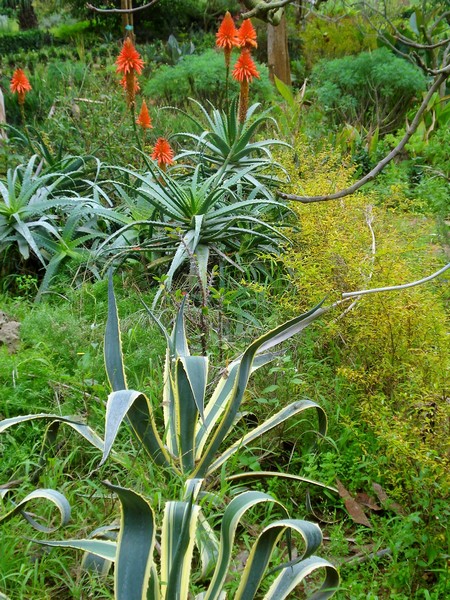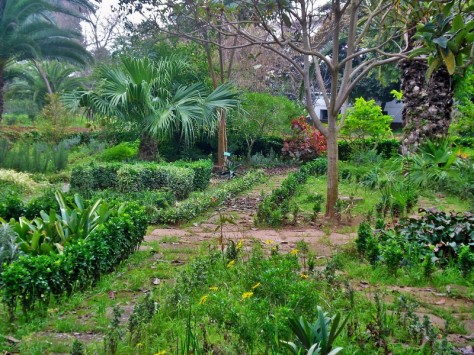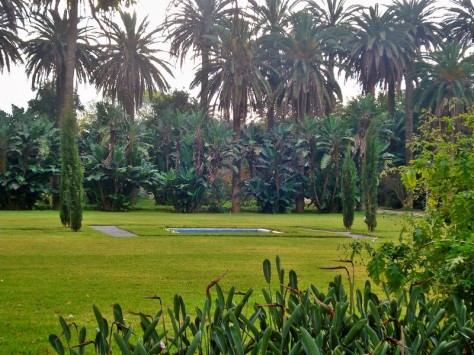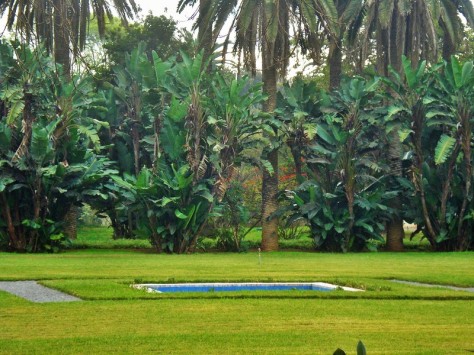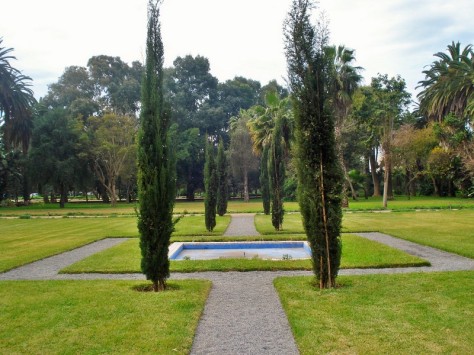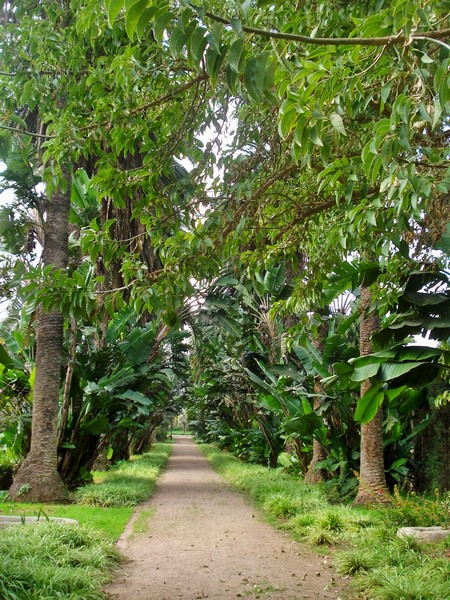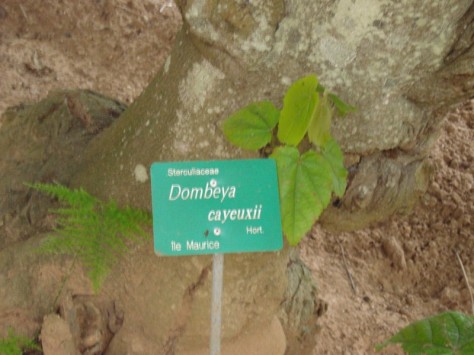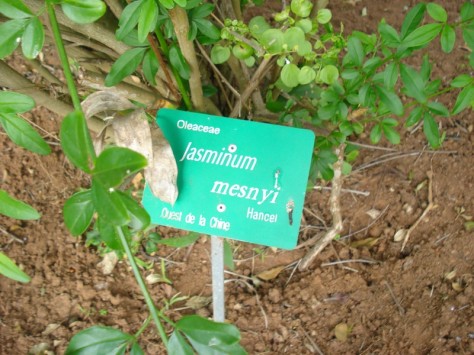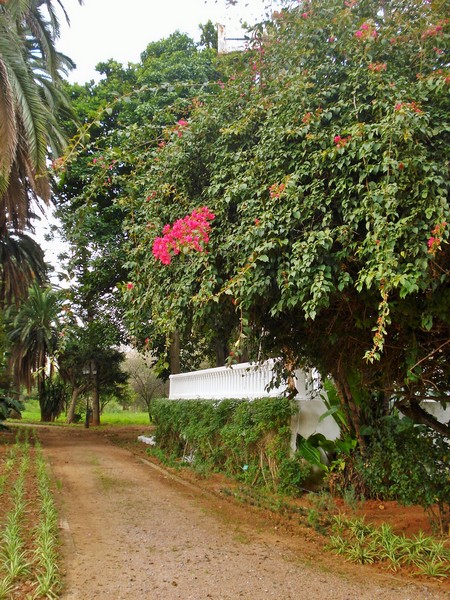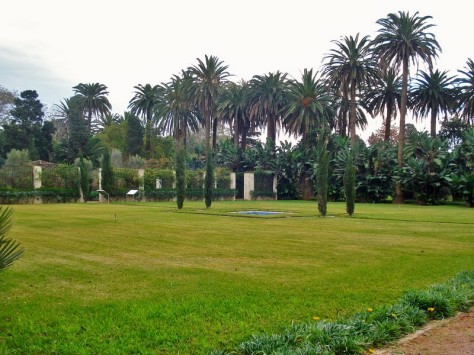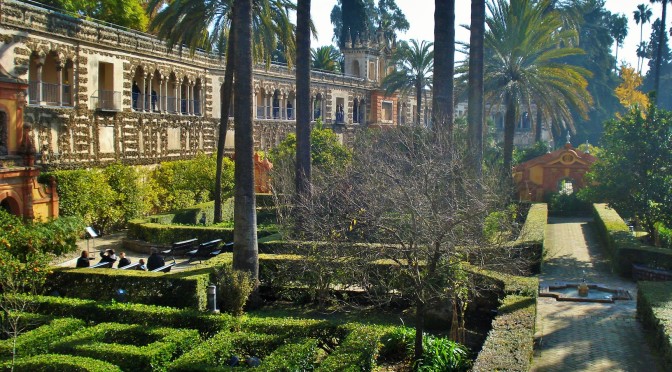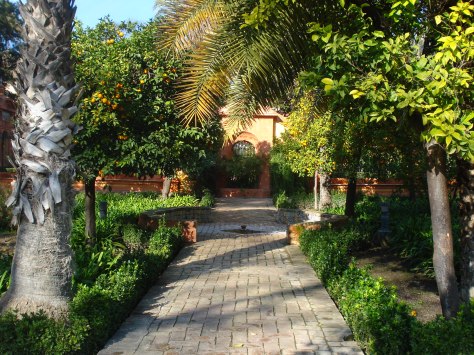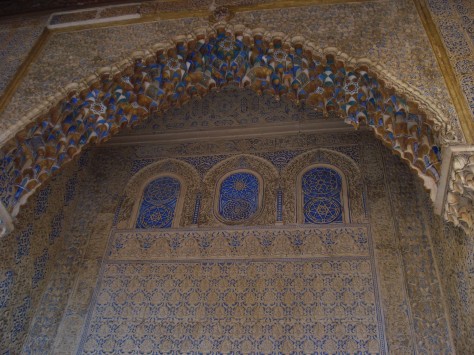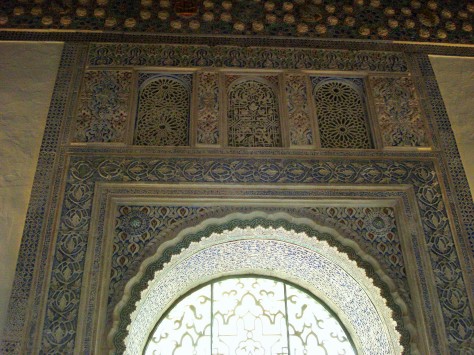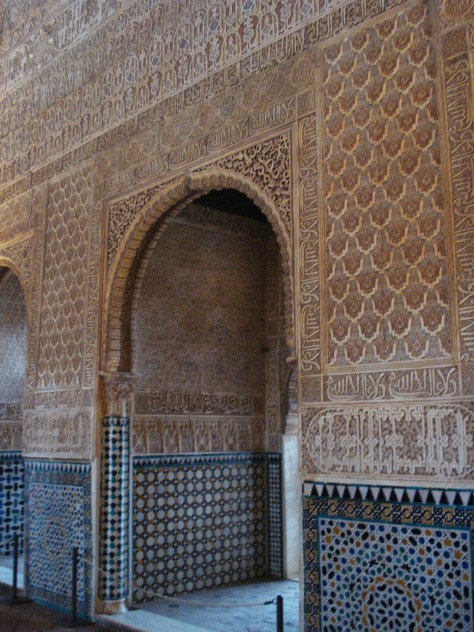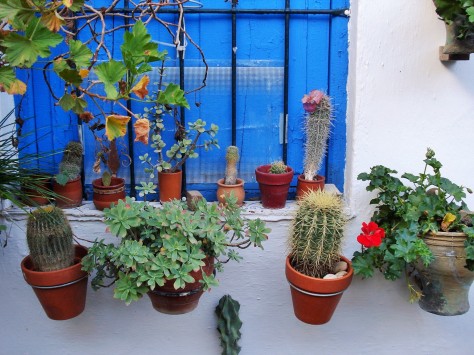Cordoba is famous for its beautiful patios and courtyards, and even has a Patio Festival every year, where many private residences will open their doors to the public to show off their blooming patios. It is a source of pride to many of the people in Cordoba, and the door of many buildings are left open during the day so passerbys can admire the may courtyards dotting the historic old town.
The patios of Cordoba and Andalusia in general, show the strong influence of the Moorish occupation that lasted in Spain until 1492, when Granada was the last city to fall back to the Catholic rulers Ferdinand and Isabella of Spain. That influence is obvious in the designs of the interior courtyards and in the use of the many water features, tiles and statuary to create green retreats.
This particular patio on Calle Encarnacion is actually two courtyards opening one into the other. The first one is a bit more formal:
The second one offers covered areas and is more an extension of the living space:
























